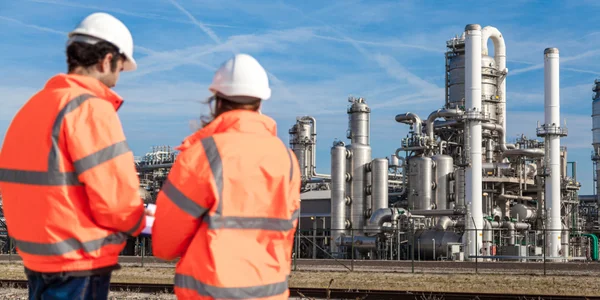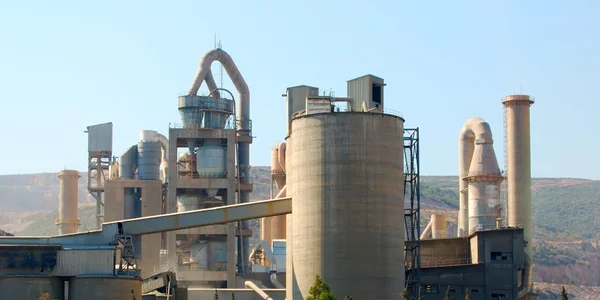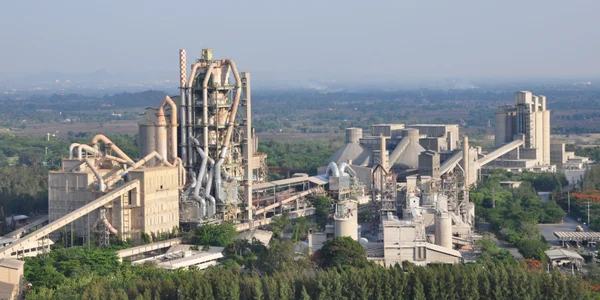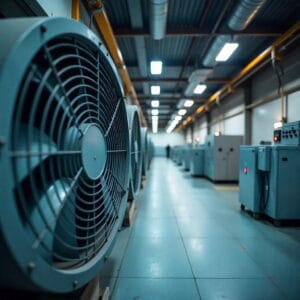Ofisler
MERKEZ OFİS

Almanya
- Yoğun Filtre Himenviro Technologies GmbH
Neustraße 45 - 49, 42553, Velbert, Deutschland/Almanya - +49 20534200990
BÖLGE OFİSİ

Büyük Britanya
- Yoğun Filtre Himenviro UK Limited
47, Bath Street WS13BX, Wallsall West Midlands, Büyük Britanya - +44 1922 628893
BÖLGE OFİSİ

Birleşik Arap Emirlikleri
- Yoğun Filtre Himenviro Technologies FZE – LLC
İş Merkezi, Sharjah Yayıncılık Şehri Serbest Bölgesi, Sharjah, BAE - +971-556074697
BÖLGE OFİSİ

Hindistan
- Yoğun Filtre Himenviro Private Limited
D-247/11, Sektör-63, Noida - 201301, Uttar Pradesh, Hindistan - +91-120-4642-500
BÖLGE OFİSİ

Hindistan
- Yoğun Filtre Himenviro Private Limited
D-247/11, Sektör-63, Noida - 201301, Uttar Pradesh, Hindistan - +91-120-4642-500
BÖLGE OFİSİ

Hindistan
- Yoğun Filtre Himenviro Private Limited
D-247/11, Sektör-63, Noida - 201301, Uttar Pradesh, Hindistan - +91-120-4642-500
Çelik ve Metal Hava ve Toz Filtreleme Çözümleri
Çelik ve metal endüstrileri, ince toz, metal parçacıkları ve dumanlar da dahil olmak üzere yoğun düzeyde havadaki kirleticiler üretir ve bunlar kontrol altına alınmadığında çevre kirliliğine, çalışanlar için sağlık risklerine ve ekipman hasarına yol açabilir. Hava ve toz filtreleme sistemlerimiz, eritme, döküm ve son işlem süreçlerinden kaynaklanan emisyonları yakalayarak bu yüksek talepli ortamların üstesinden gelmek üzere tasarlanmıştır. Yüksek sıcaklıklara ve partikül yüklerine dayanacak şekilde tasarlanan çözümlerimiz, hava kalitesini iyileştirir, yasal düzenlemelere uyumu artırır ve iş gücü refahını koruyarak daha temiz ve daha güvenli bir üretim ortamı sağlar.
Çelik ve Metal Endüstrisinde Toz Filtreleme İşlemi
Elektrik ark ocağı, inşaat çelikleri, yüksek kaliteli çelikler ve paslanmaz çeliklerAyrıca karbür ve sentetik kristallerin imalatında kullanılır.
Elektrik ark ocakları için toz giderme tesisleri, ark ocağının birincil atık gazlarını ve eritme, akış veya yükleme ve cüruf giderme sırasında oluşan ikincil atık gazları tamamen çıkarır ve temizler. Pan fırında, malzeme taşıma sırasında ve diğer bağlantılı tesislerde oluşan atık gazlar çıkarılır ve işlenir.

Tavan davlumbazı filtresi
EAF için filtre
- 1. Tavan kaputu
- 2. Tavan başlığı filtresi
- 3. Vantilatör
- 4. Baca
- 5. Elektrik ark ocağı
- 6. Su soğutmalı borular
- 7. Isı değiştirici
- 8. EAF için filtre
- 9. Vantilatör
- 10. Dönüştürücü
Gerekli özellikler
Filtre Başlığı PJM
Tipik tasarım verileri | Çatı kaputu |
|---|---|
Gaz hacmi | 1,000,000 |
Gaz sıcaklığı | 80 |
Toz türü | Demir oksit yanma kalıntıları |
Kalan toz içeriği | < 10 |
Ham gaz tozu içeriği | < 5 |
Temizlik | çevrimiçi / çevrimdışı |
Filtre ortamı | Polyester |
Patlamaya karşı korumalı tasarım | gerekli değil |
Sorbent | gerekli değil |
Filtre Başlığı PJM
Tipik tasarım verileri | Elektrik ark ocağı |
|---|---|
Gaz hacmi | 120,000 |
Gaz sıcaklığı | 120 |
Toz türü | Demir oksit yanma kalıntıları |
Kalan toz içeriği | < 10 |
Ham gaz tozu içeriği | < 5 – 10 |
Temizlik | çevrimiçi / çevrimdışı |
Filtre ortamı | Polyester |
Patlamaya karşı korumalı tasarım | gerekli değil |
Sorbent | gerekli değil |
Çelik ve Metal Toz Kontrolü Uygulamaları
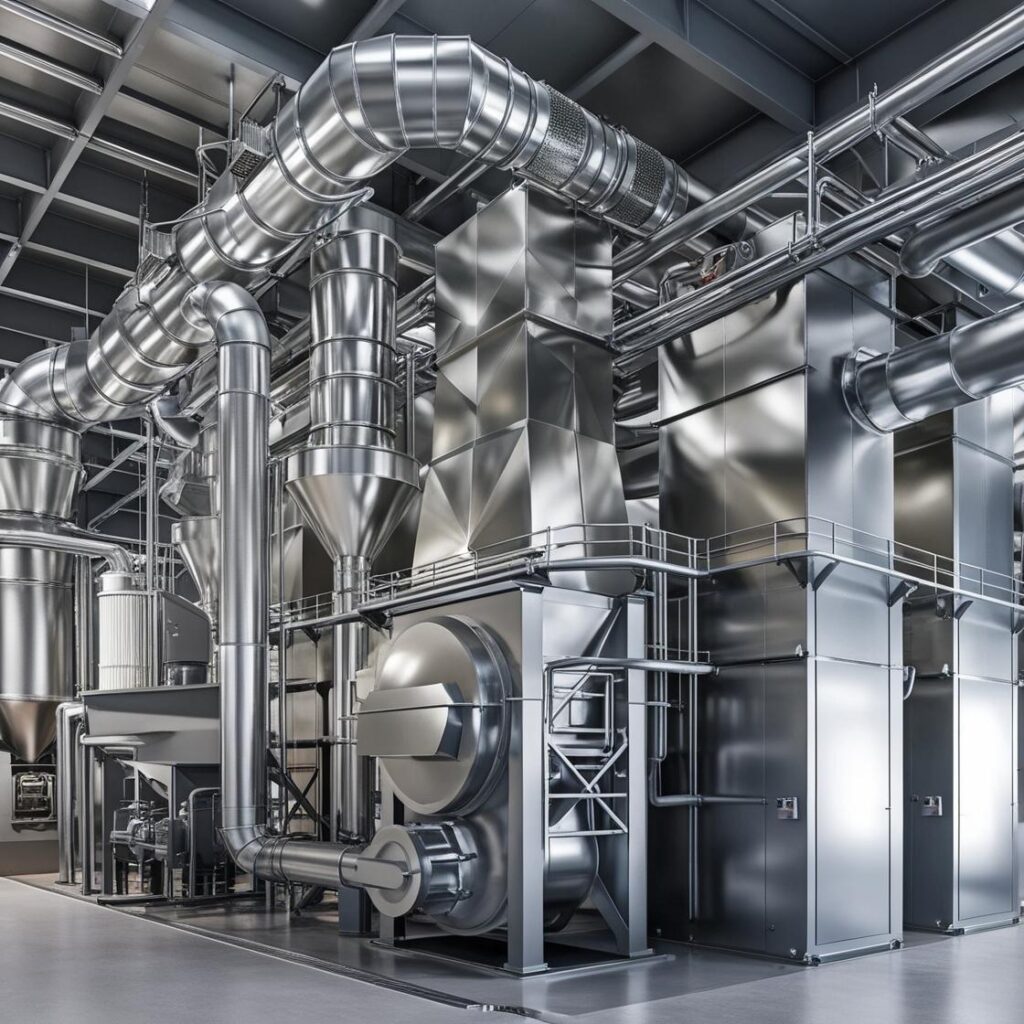
Eritme ve döküm sırasında açığa çıkan toz ve dumanı kontrol altına alır, yüksek sıcaklık fırınlarında oluşan tehlikeli partikülleri yakalar.
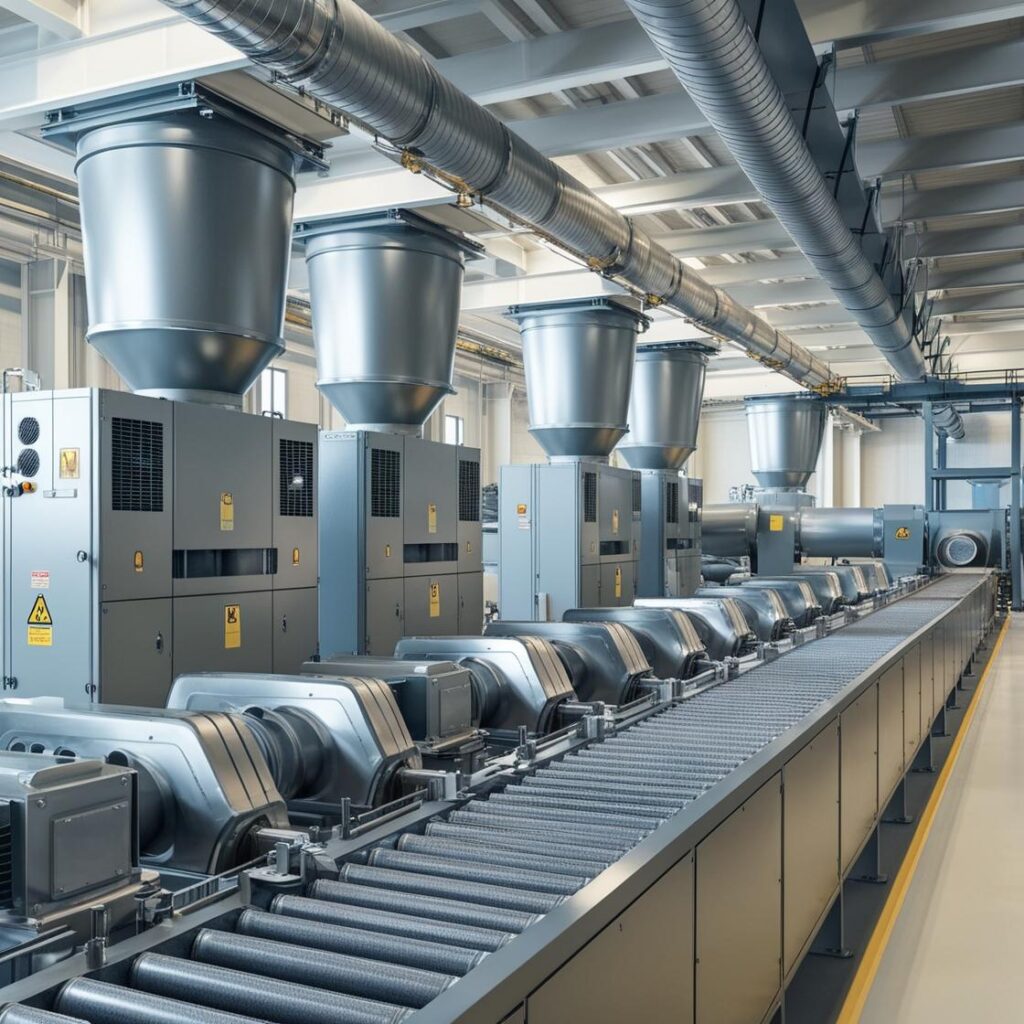
Döküm işlemlerinden kaynaklanan emisyonları azaltır, hava kalitesini etkileyebilecek havadaki partikülleri ve metal dumanlarını yakalar.

Taşlama ve parlatma sırasında oluşan ince toz ve metal talaşlarını temizleyerek kirleticilerin ürün kalitesini ve işçi güvenliğini etkilemesini önler.
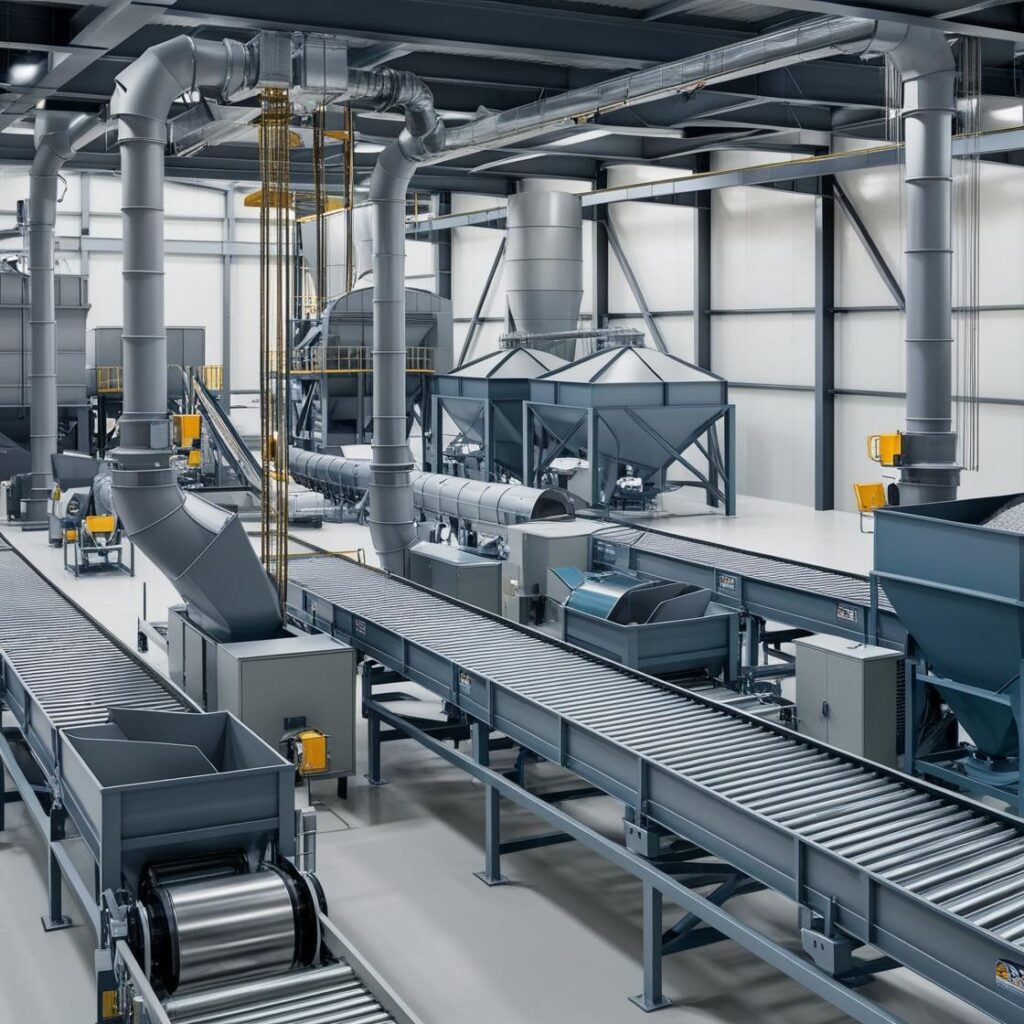
Malzeme taşıma, nakliye ve depolama sırasında oluşan tozu kontrol altına alarak, çalışma ortamına partikül salınımını en aza indirir.
Toz Kontrolü için Düzenleyici Manzara |
|---|
Hava Kalitesi Standartlarına Uygunluk |
İşçi Sağlığı ve Güvenliği Uyumluluğu |
Yangın ve Patlama Tehlikesi Önleme |
Çevre Koruma Uyumluluğu |
Gerçek Zamanlı Emisyon İzleme |
Isıya Dayanıklılık |
Azaltılmış Bakım ve Duruş Süresi |
Ürün Kalite Güvencesi |
Daha Düşük İşletme Maliyetleri |
Toz Kontrol Zorlukları |
|---|
Yüksek Toz ve Duman Seviyeleri |
Metal Parçacıklarından Kaynaklanan İşçi Sağlığı Riskleri |
Sıkı Çevresel Düzenlemeler |
Yangın ve Patlama Tehlikeleri |
Son Ürünlerin Kirlenmesi |
Ekipmanlarda Aşındırıcı Toz Aşınması |
Sıcaklık Tolerans Gereksinimleri |
Büyük Toz Toplama Hacimlerinin Yönetimi |
Bakımla İlgili Duruş Süresini En Aza İndirme |
Etkili Toz Kontrolü İçin Temel Hususlar |
|---|
Emisyon Noktalarında Hedefli Yakalama |
Yüksek Sıcaklıklarda Dayanıklılık |
Optimize Edilmiş Hava Akışı ve Basınç Kontrolü |
Isıya Dayanıklı Filtreleme Malzemeleri |
Düzenli Bakım Protokolleri |
Endüstri Standardına Uygunluk |
Esnek, Özel Çözümler |
Yanma Tehlikeleri için Risk Azaltma |
Farklı Üretim Aşamaları için Özel Sistemler |
Uzman Danışmanlığı için bizimle iletişime geçin
Diğer Hizmetlerimizi Keşfedin!
Sıkça Sorulan Sorular
Çelik ve metal işlemede yaygın filtrasyon sistemleri arasında torba filtreler, elektrostatik çökelticiler (ESP'ler), ıslak yıkayıcılar ve siklon ayırıcılar bulunur. Torba filtreler, toz parçacıklarını yakalamak için kumaş torbalar kullanırken, ESP'ler egzoz gazlarındaki parçacıkları gidermek için elektrik yükleri kullanır. Islak yıkayıcılar, bir yıkama sıvısı ekleyerek kirleticileri giderirken, siklon ayırıcılar tozu gaz akımlarından ayırmak için santrifüj kuvveti kullanır. Sistem seçimi, parçacık boyutu, gaz sıcaklığı ve özel proses gereksinimleri gibi faktörlere bağlıdır.
Filtrasyon sistemleri, metal işleme sırasında oluşan partikül madde ve kirleticileri etkili bir şekilde yakalayıp uzaklaştırarak hava kalitesini artırır. Emisyonları azaltarak, bu sistemler tesislerin çevre düzenlemelerine ve standartlarına uymasına yardımcı olur, böylece çevresel etkilerini en aza indirir ve daha güvenli bir iş yeri ortamı sağlar.
ESP'ler, ince partikülleri gidermede yüksek verimlilik sunarak, baca gazı emisyonlarının genellikle ince toz partikülleri içerdiği çelik üretiminde özellikle avantajlı olan 99%'ye kadar verimlilik sağlar. Büyük gaz hacimlerini idare edebilir ve yüksek sıcaklıklarda etkili bir şekilde çalışabilirler. Ayrıca, ESP'ler nispeten düşük basınç düşüşlerine sahip olduklarından, çalışma sırasında daha düşük enerji tüketimi sağlarlar.

